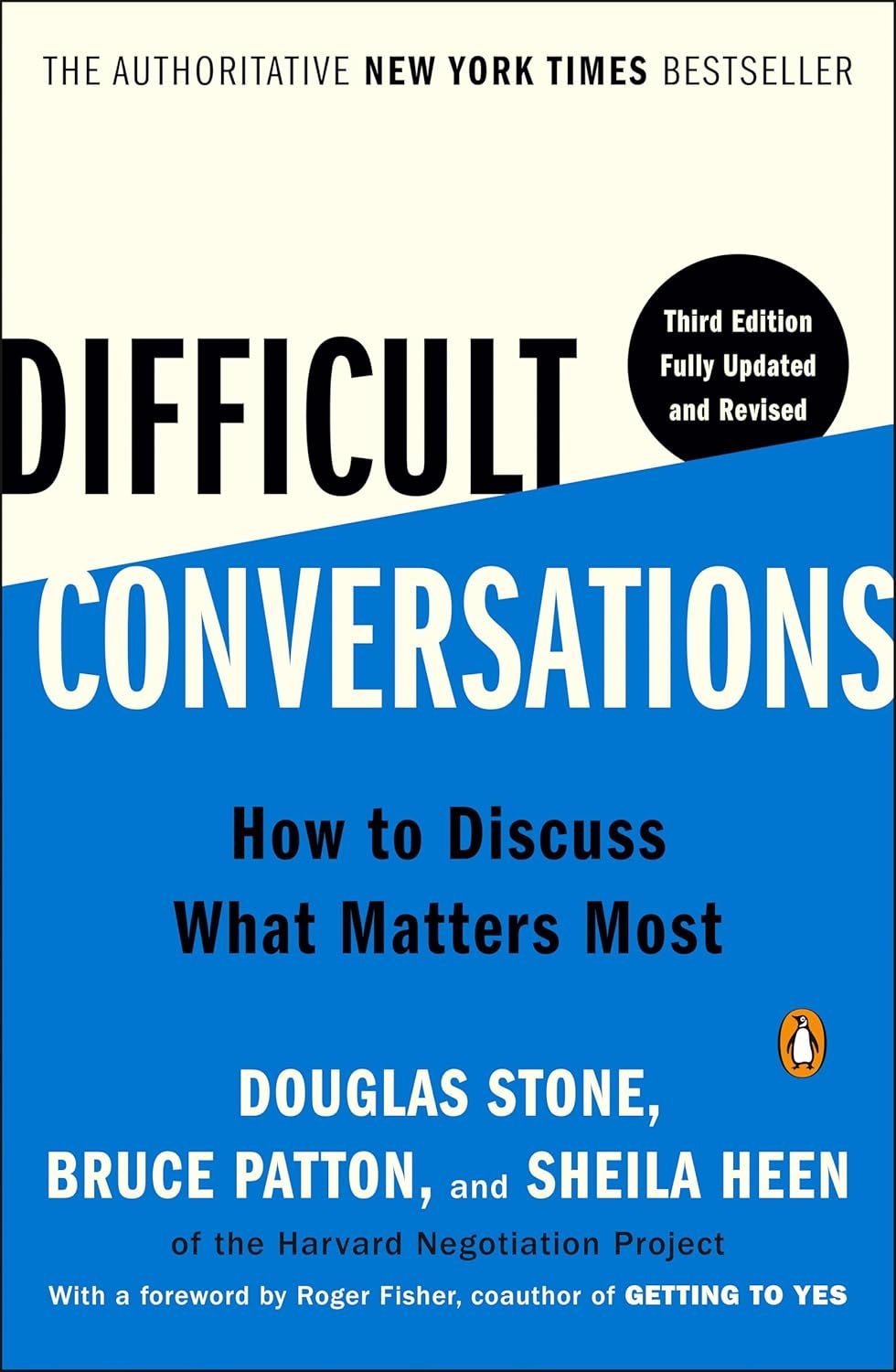Conflict
Conflict requires management and resolution. We learn how to deal with conflict from our parents and families. We WILL repeat what has been modeled for us and it becomes a cycle. There are things to consider and methods that can help us break the patterns we have learned.
First, always be aware of your “audience,” the one with whom you are communicating. There has been a lot of talk about EQ, also known as EI or emotional intelligence. But there is another factor, emotional maturity. Emotional Intelligence is your ability to deal with your own emotions, and those of others, while emotional maturity is your willingness to take ownership for your emotional state, situation and its consequences. Getting a read on where the other is in these two areas can help guide you in how to communicate with them.
Another tip is that communication can be intellectual or emotional. You have to meet intellectual with intellectual and emotional with emotional. Meeting intellectual with emotional usually results in conflict and never delivers the outcome that is best.
Additionally, communication is both verbal and non-verbal. And to complicate it more, verbal involves not only the words that are being spoke but also the tone in which they are delivered. How you communicate and in what manner will determine the success of your communication.
The Harvard Negotiation Project determined that the technique of learning someone’s backstory and asking how someone got to their position on a topic can help level set the conversation.

The book Difficult Conversations: how to discuss what matters most, by Douglas Stone is based on that project’s work.
One of the most important methods to use is to respond instead of react. When someone says something feels like conflict, we can take a few second timeout before replying. We can:
Pause, Pray, Think, then Say.
Many people don’t listen to understand but rather listen to respond. When we listen to respond, we are formulating our response as opposed to listening to what is being said. Take the time to listen, then evaluate what has been said for accuracy and then calmly respond to what has been said. And remember that not all communicate is worthy of a response. No response is a response.
Keep in mind that the objective is to resolve conflict for the best outcome. Jefferson Fisher says disagreements, and conflict, are like knots. As if in a tug of war, people pull on their end, focusing on only what they want instead of on resolving the conflict. That approach only makes the knot tighter and stronger. Instead he suggests that two people focus on unraveling the knot, finding a win-win solution.
You can read more on this and other communication strategies in his book, The Next Conversation: argue less, talk more, by Jefferson Fisher.

During my time working for a Fortune 500 company, the employees were provided with various educational presentations. The one and only one that I remember, is a method to use whenever you need to communicate about a situation that might cause a negative reaction. The method is to communicate the information in a manner that is:
Direct, Specific and Non-Punishing.
For example, “When the kids get to their baseball practice late, it disrupts the practice and their coach gets angry. If they continue to arrive late, they will not be allowed to play in the next game.” Nowhere in that statement does it reference “you” or place a judgement of good or bad on the lateness, it only identifies the actions, the consequence and the future repercussion. This approach impacted my life, and has served me well for over 40 years.
Another method is to begins your sentences with “I” instead of “you.” the only person you can speak for is yourself. “I” causes you to communicate how you feel or what your experience has been and is in a situation while taking ownership of your behavior and participation for it. You cannot speak to that in regard to anyone else, only yourself.
In the unfortunate case of communicating with someone with narcissist behaviors, do so only when absolutely necessary and via an app such as Talking Parents. Respond instead of react and use as few words as possible. The concepts of being the gray rock or being coated in Teflon are useful, as both visuals allow whatever is being said to appear to have not negatively affected you. The narcissist is ALWAYS wanting the response to what they have said, the electrical charge they can get from you. Don’t give it to them; listen but do not react!
Ramani Durvasula PhD is a foremost authority on narcissism and offers suggestion on how to communicate with a narcissist if you absolutely have to: Your Guide for Communicating with Narcissists
If a communication is difficult, sleep on your response before delivering it. Many things can seem like a good idea at the end of the day. But once you lay in bed in the darkness and ask yourself if that is really the response that will make your situation better, as opposed to the one that you think will make you feel better, you may change your mind. Vengeance never feels good like we think it will.
In all cases, it is helpful to simply “take the high road.” It is tempting to lower yourself to the shenanigans of the other, but don’t lower yourself to their level for any reason, especially if children are involved.
Check out this new book by Ryan Dunlap … coach, pastor, former hostage negotiator, and expert in conflict resolution.




